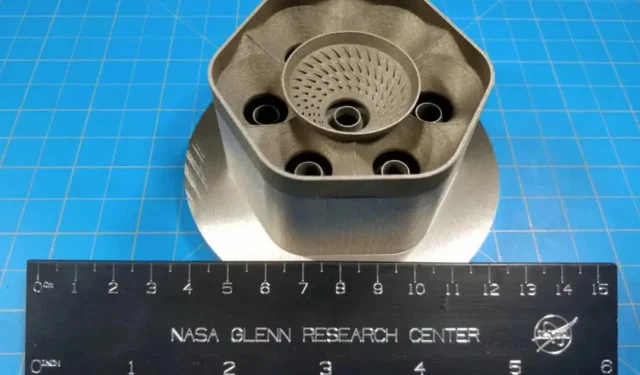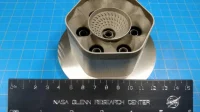NASA unveils its GRX-810 alloy, a promising, extremely durable creation.
The conquest of space is an incredible number of technical challenges in a variety of areas. One of them concerns the materials used. NASA, the US space agency, is working day by day to create the materials of tomorrow, both to manufacture its rockets and equip its astronauts. Today, the agency is introducing the very promising GRX-810 alloy.
NASA unveils its GRX-810 alloy
The GRX-810 alloy can withstand temperatures up to 1100°C and could be an important component in the design and manufacture of future rocket engines. This 3D printed alloy is reinforced with a uniform dispersion of nano-oxides, which means that its structure is very complex, obtained by placing different types of particles in specific places in the material grid. These materials are incredibly strong and ideal for the very harsh conditions of space or near space.
Very promising extremely tenacious creation
NASA explains that GRX-180 has 1,000 times more endurance in such conditions than existing alloys currently used in the industry. This durability and the optimized process of 3D printing components could have a huge impact on the cost of spaceflight.
Note that “1000 times more durable”does not mean “1000 times more stable”. This means that the life of the material is longer because it is more resistant to heat and stress. At the same time, GRX-810 is twice as strong as today’s alloys when it comes to breaking. NASA also explains that this alloy is also 3.5 times more flexible than current alternatives, which is impressive.
NASA used numerical thermodynamic simulations to develop the composition of this alloy and claims that the optimal recipe was found after just 30 simulations.
In addition to being used in aerospace, this type of material, and more generally in materials science, is starting to be used in consumer products, especially cars or our electronic gadgets. And over time it will only get worse. The ability to print extremely precise parts, combined with the development of the ideal material for the needs, opens many doors in terms of design.


